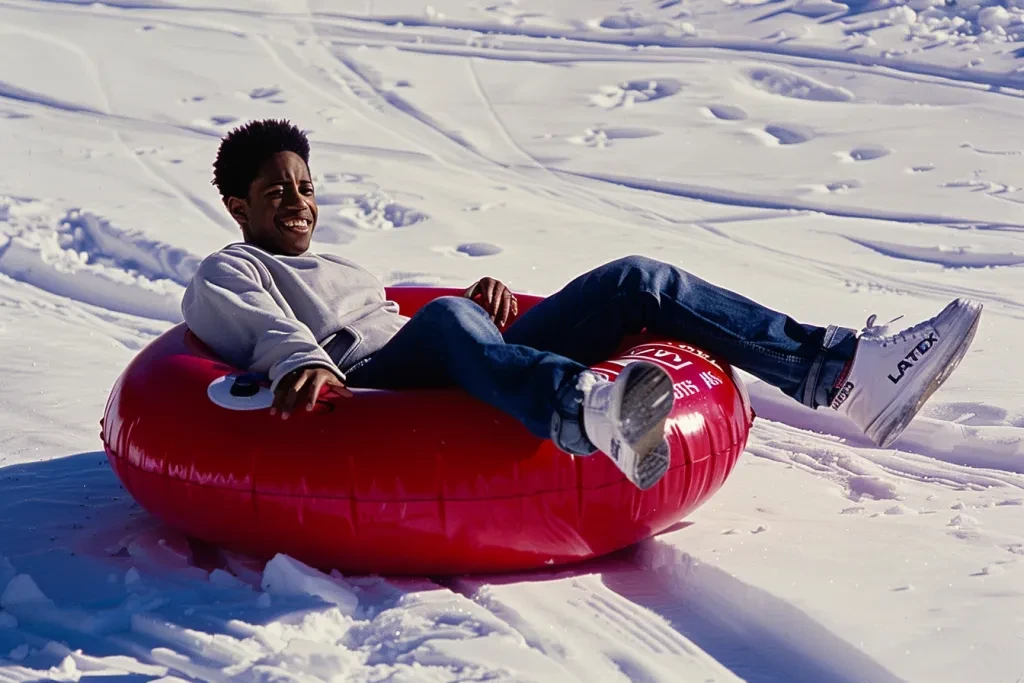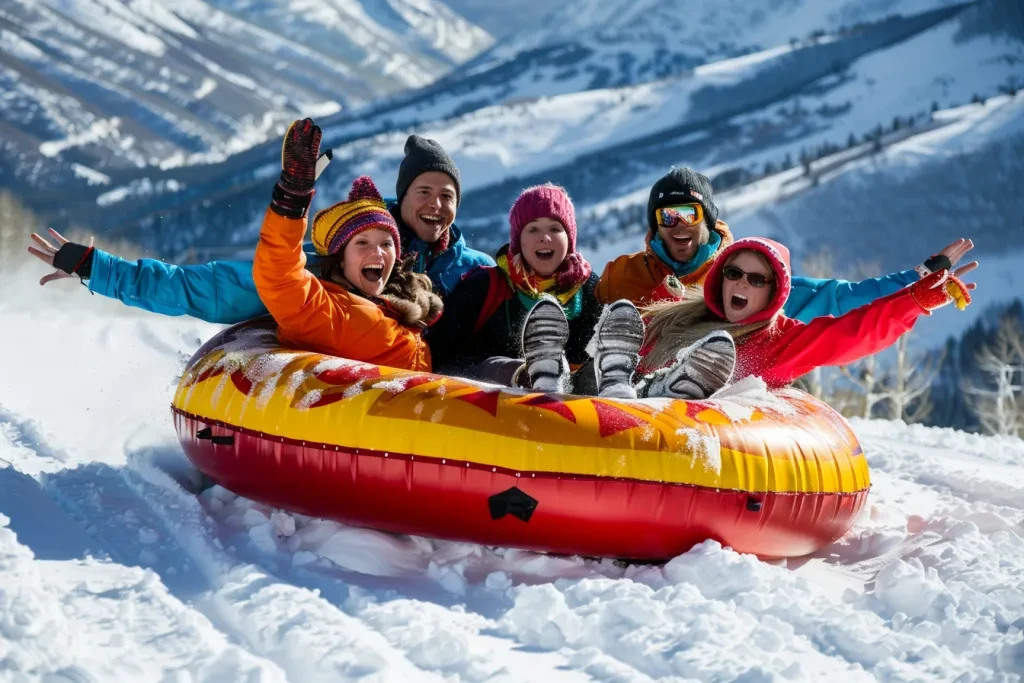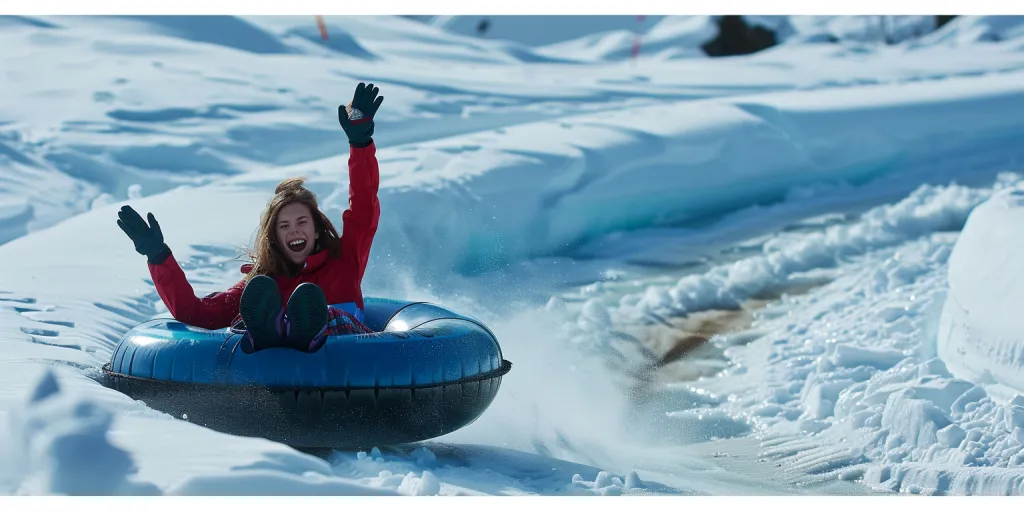As the winter season blankets the landscape in a pristine layer of snow, the excitement for outdoor activities skyrockets. Among these, snow tubing emerges as a favorite, combining the thrill of speed with the effortless joy of sliding down snowy slopes. This article delves into the world of snow tubing, covering the key aspects enthusiasts care about: safety measures, types of snow tubes, maintenance tips, the importance of size and material, and finally, choosing the right slope. Whether you’re a seasoned tuber or new to the sport, this guide aims to enhance your snow tubing experience, ensuring it’s not only exhilarating but also safe.
Table of Contents:
– Safety first: gearing up for snow tubing
– Exploring the types of snow tubes
– Maintenance tips for your snow tube
– The significance of size and material in snow tubes
– Selecting the perfect slope for snow tubing
Safety first: gearing up for snow tubing

Snow tubing is an exhilarating activity that families and adrenaline seekers alike enjoy. However, the thrill of sliding down snowy slopes comes with its set of risks. Wearing a helmet is paramount, as it protects against head injuries in case of collisions. Additionally, dressing in water-resistant clothing and sturdy boots enhances both comfort and safety, ensuring you stay dry and maintain a good grip on the tube. It’s also wise to choose designated tubing areas that are supervised and have clear paths to minimize the risk of accidents.
Exploring the types of snow tubes

When it comes to snow tubing, not all tubes are created equal. The market offers a variety of tubes, each designed for specific needs and conditions. Some tubes are built for speed, featuring slick bottoms that glide effortlessly on the snow. Others prioritize comfort, with built-in seats and handles for a secure grip. Understanding the different types of snow tubes available can significantly impact your tubing experience, allowing you to choose a tube that best matches your preferences and the conditions of the slope.
Maintenance tips for your snow tube

To ensure your snow tube remains in top condition, regular maintenance is crucial. After each use, it’s important to wipe down the tube to remove moisture and prevent mildew. Storing the tube in a cool, dry place away from direct sunlight helps prevent the material from degrading. Additionally, periodically checking for punctures or wear and tear and patching up any holes can extend the life of your snow tube, ensuring many seasons of fun.
The significance of size and material in snow tubes

The size and material of a snow tube play a critical role in the tubing experience. Larger tubes offer more stability and are ideal for adults or group rides, while smaller tubes are more maneuverable, providing a thrilling ride for younger tubers. The material of the tube affects both durability and performance. Heavy-duty, cold-resistant PVC or rubber are popular choices, offering the right balance of flexibility and toughness to withstand the rigors of snow tubing.
Selecting the perfect slope for snow tubing

Choosing the right slope is essential for a safe and enjoyable snow tubing experience. Beginners should start on gentle slopes with a gradual incline, while more experienced tubers may seek steeper hills for an added adrenaline rush. It’s important to select slopes free of obstacles like trees and rocks and to ensure there’s a flat area at the bottom for a safe stop. Respect for fellow tubers and adherence to any posted rules will further ensure a fun and safe environment for everyone.
Conclusion:
Snow tubing offers a unique blend of excitement and relaxation, making it a beloved winter activity. By prioritizing safety, understanding the different types of snow tubes, maintaining your equipment, and choosing the right size, material, and slope, you can maximize your enjoyment on the snow. With these insights, you’re now better equipped to embark on your snow tubing adventures, creating memorable experiences that will last a lifetime.




